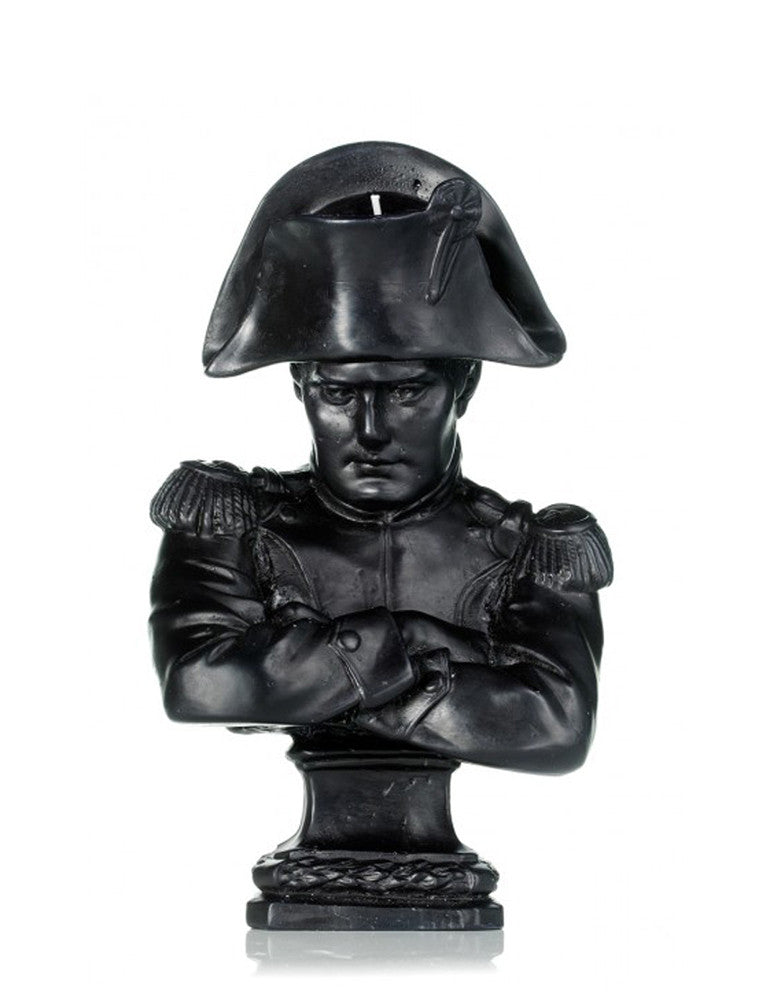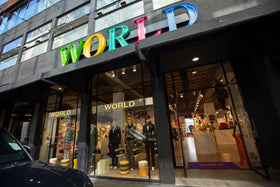
CIRE TRUDON Bust Napoleon - Black
Napoleon
As soon as the Consulate period started, Napoleon Bonaparte (1769-1821) became aware of the importance of having his portrait shown to the French people. Thus, he initiated the edification of his own legend. All the supports were used, from sculptures to snuff boxes and fans. The multiplicity of objects bearing the effigy of the Emperor or representing imperial symbols constituted an extraordinary tool of propaganda for the Napoleonic legend. During the Restoration, however, Bonapartists were forced to hide and prepare their revenge, spreading more and more seditious objects. The Emperor’s death in 1821 made him less dangerous in the eyes of Royalists and copies representing his main actions once again multiplied. The Second Empire (1852) made the imperial legend official with commissions of sculptures installed in public squares and paintings exhibited in museums. Although the Second Empire reestablished the official propaganda, the fall of the regime in 1870 put an end to the celebration of Napoleon for 20 years. Nationalist fervor rose again in the 1890s and since then, he has not ceased to be a heroic figure.
Made in close collaboration with the Plaster Cast Workshop of Réunion des Musées Nationaux - Grand Palais (the French National Museum Council), Trudon introduces the busts of characters or symbols of the French History, a very precious theme for the company which used to be the Manufacture Royale de Cire.
Heritage
In 1643 a salesman named Claude Trudon arrived in Paris and became the owner of a store in Rue Saint-Honoré. He was a grocer but also a wax merchant and supplied his customers with candles for lighting their homes and for the parish. On the eve of Louis XIV's reign, Trudon thus created a small family manufacturing business that was to carry his name forward and make the fortune of his heirs. His son Jacques also became a shopkeeper and wax producer and entered the court of Versailles in 1687, as apothecary distiller of Marie-Thérèse, wife of the King. In the 18th century, in 1737, Hierosme Trudon purchased the most famous wax factories of the era from the official wax provider to King Louis XV. Trudon grew and began supplying the French court and the most important churches. The Trudon company supplied Versailles until the very end of the monarchy. As Napoleon's wax producer during the Empire, the company survived the arrival of domestic lighting and the birth of the "electric revolution" continuing to prosper. Trudon continued its work throughout the centuries, without ever interrupting its activity, particularly through the making of traditional candles and perfumed candles for the greatest names. It is now the oldest and most prestigious wax manufacturer in the world.







